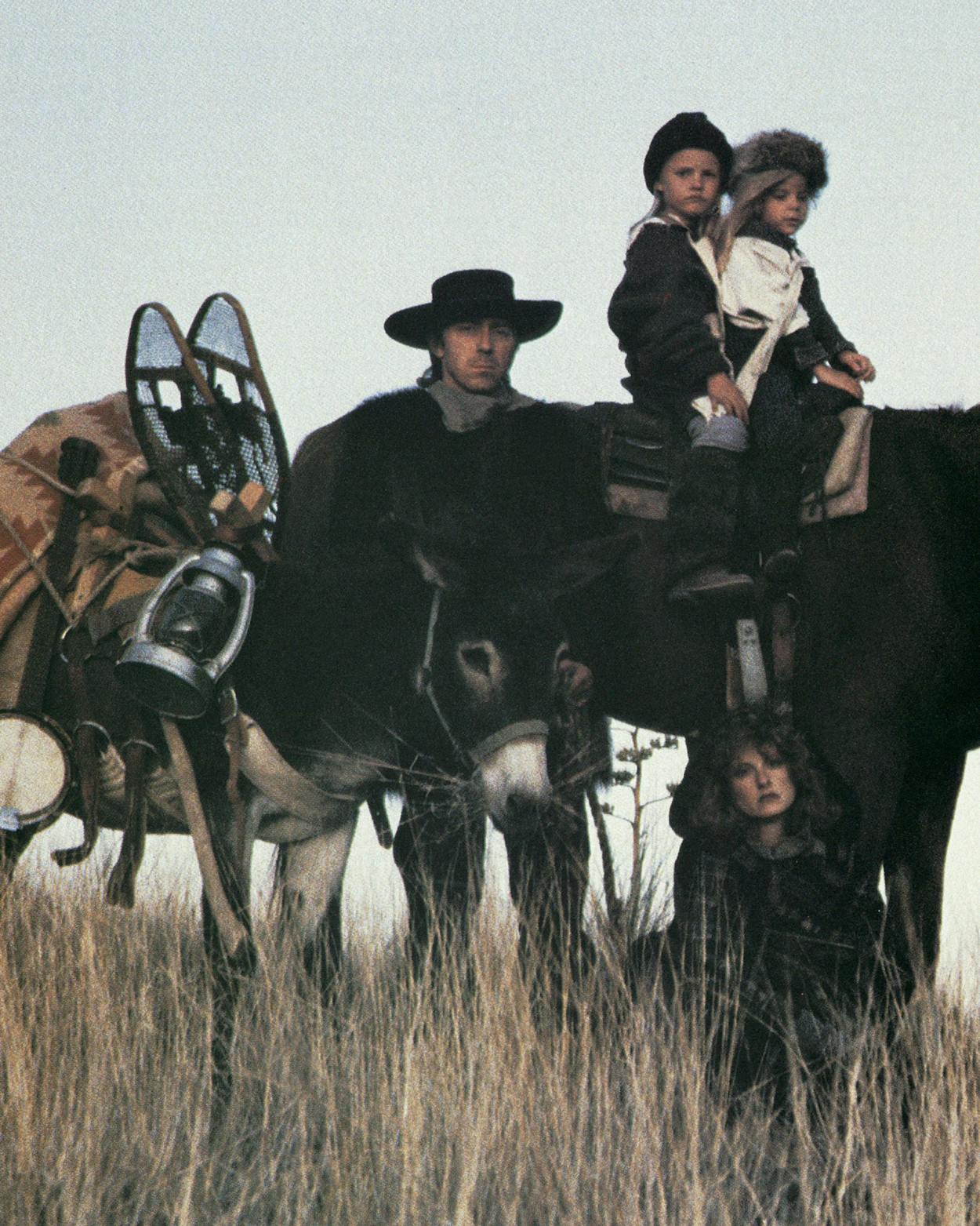This story is from Texas Monthly’s archives. We have left the text as it was originally published to maintain a clear historical record. Read more here about our archive digitization project.
The one good reason to wear a fur in Texas, short of indulging in frontier fantasies, is because it makes you feel good. Stepping out conspicuously swathed in fur will always get a reaction, especially in a climate like ours, where the only noncontroversial reason for wearing a fur—to stay warm—rarely applies. So be prepared: no matter what your motives, others will be bound to pass judgment. Furs just do that to people.
The tone of their remarks will depend on how they suspect your fur was acquired. If you are a woman and a man gave it to you, an ostentatious burden of meaning or of envy may be attached to this flagrant gift. If you purchased it with your own money (which is more likely nowadays), then they may allow you the right to have a little fun with your money, perhaps as a reward for not having had much fun earning it. But most critics will miss the key to the fur-wearer’s soul: while a fur coat does make you stand out in a crowd, it also allows you to hide under an impressive armature of fluff. Though the fur-coated are not necessarily modest, they may be among the world’s truly shy individuals and genuinely in need of their panoply of pelts.
Judgments on furs have long been part of the American way of life. Most of our wars in the 1700’s and early 1800’s were disputes over fur-trade routes and trading-post locations. But wearing furs first aroused ethical questions in the 1960’s, when many species, especially the stately short-haired spotted cats, were threatened with extinction. Since then, the endangered-species list has been drastically expanded, and most of today’s fur clothing is made from the pelts of once-worthless animals or animals raised on ranches.
With so many popular furs off limits, furriers turned to the swamps and bayous of Texas and Louisiana and discovered new sources for furs, such as the Southern beaver. It had previously been considered a pest, but its unsheared pelt made a durable all-weather garment. Furriers also began using nutrias (ratlike creatures you may have seen swimming in local lakes), coyotes, raccoons, and beavers, all of which exist so abundantly in Texas as to constitute nuisances. Many Texas counties pay a bounty on coyote pelts; beavers and nutrias threaten farms and houses in North Texas. Now when these animals are trapped in Texas, their fur no longer goes to waste.
Until the Federal Fur Protection Act was passed in 1952, specifying that all furs must be labeled to show their country of origin, the names of many furs obscured their humble origins. Muskrat was Hudson Bay seal, sheared otter was known as Alaska seal, rabbit was French seal (you can see that seal was popular), and Chinese goat was called Iceland fox. None of these pelts is considered humble now; they make some of the least expensive and most versatile fur garments.
If you plan to buy a fur, you should first get acquainted with the varieties. There are two kinds of fur—the short, flat kind and the long, dense kind, which has an overlay of guard hairs. Generally, flat fur comes from animals that live in temperate climates, including most spotted cats, karakul lambs, cows, horses, deer, and antelope. Flat fur is not very durable. Your family dog, if he is short-haired, is an example of how delicate flat fur can be; if he is lazy, his elbow leather is rubbed bare from years of lying around. Flat fur just doesn’t offer the protection from wear and weather (to the animal or to you) that long fur does. Animals from cold climates have long, lustrous guard hairs that grow protectively over their plush, downy underfur. The colder the climate, the denser the warm underfur. And the snowier the winter or the slimier the bayou, the more pronounced the guard hairs and the more durable the fur—mink, otter, muskrat, beaver, and nutria are good examples. Fluffy animals, like fox, coyotes, and lynx, have guard hairs that are not as differentiated from the underfur, and their fur is not as hardy. The fluffiest fur offers the least protection, as you know if you have ever been awakened during a rainstorm by your drenched, squalling cat. Though many a kitty has spent its tenth life as a collar or a muff, its fur is the least durable of the fluffy furs.
Since a fur is somehow larger than life, or at least larger than any of your other graments, once you have one it may take on a life of its own. You will find yourself referring to it as “my fur,” though you would never call a shoe “my shoe” with such proprietary pride. A fur is a cross between a pet and clothing. Don’t take it to the vet, but do take it to be cleaned once a year, sotre it during the hot months, and guard against moths—the dead-animal equivalent of fleas. Dressed in your fur, don’t be surprised if even the skeptics can’t resist stroking it. After all, half the fun of wearing a fur is that you feel as good as you look.
If the clothes in our photographs look good to you, read on for descriptions of the furs they’re made of.
Mink: very warm, medium-priced to expensive, can last more than twenty years. This is the one fur that looks equally good with jeans or a cocktail dress. Though minks are found wild in the U.S., almost all pelts come from ranched animals, nasty little creatures that are handled with steel-tipped gloves and caged individually to prevent them from cannibalizing their own families. Most pelts used in the U.S. are from female minks because their fur is lighter in weight than that of males.
Lynx: warm, medium-priced, lasts eight to ten years. Lynx are trapped in the U.S., Canada, and Russia and provide the only long-haired pelts that do not shed. This subtly spotted fur has become more popular since the rare spotted cats have become endangered species. Garments labeled “bay lynx” are actually made from the bobcat, a relative of the lynx.
Fox: warm, medium-priced to expensive, can last up to twelve years. Once an extremely popular and glamorous fur worn by a lot of movie stars, demand for fox peaked in the thirties and forties. Red fox are ranched and trapped and furnish the least expensive fox fur; silver fox comes exclusively from ranched animals. White fox is the least durable and, like all white furs, yellows with age and exposure to light; it must be bleached to prevent yellowing, and that in turn weakens it. Like other long-haired fur, fox sheds.
Nutria: very warm, medium-priced, lasts ten to fifteen years unsheared, ten to twelve years sheared. “Sheared” means that the guard hairs have been plucked out and the exposed underfur cut down to a plush, velvety texture. Sheared nutria often is dyed, which not only weakens the leather but shortens the life expectancy of the garment and makes it more expensive. Nutria resembles beaver and is a good all-weather fur.
Beaver: warm, medium-priced to expensive, lasts ten to fifteen years unsheared, ten to twelve years sheared. In its natural state, the fur will be as good to you in rainy weather as it was to the beaver, but if it is sheared, it will mat in wet weather and won’t last as long. Beavers have historically provided the most prized of furs and would likely have become extinct in the mid-nineteenth century had Abraham Lincoln not worn a silk hat to his inauguration, thus changing the centuries-old fashion of wearing beaver-felt hats. To this day, beaver pelts are used primarily for felt hats—especially cowboy hats.
Lamb: warm, inexpensive, lasts eight to ten years (expect broadtail, which is stillborn or unborn lamb, is not warm, and is expensive and delicate). These days lambskin is most commonly seen in shearling jackets, but who can forget those furs you saw in junior high and always suspected were not real? They were real—they were mouton, sheared and dyed sheepskin. Mongolian lamb has long silky hair that tensd to frizz in rainy weather, though you can have it straightened.
Rabbit: warm, inexpensive, lasts three to eight years. Rabbit has always been the favored fur of the young. Your very first fur was probalby an angora sweater, made of yarn from the hair of an Angora rabbit. Rabbit can be sheared, plucked, or processed and then dyed to resemble other furs. All rabbit fur used in garments comes from animals that are raised for food purposes and whose fur would otherwise be thrown away.
Raccoon: very warm, medium-priced, lasts ten to twenty years. The fortunes of the raccoon coat have ebbed and flowed, but since the seventies this durable all-weather fur has regained popularity. Raccoons are ranched in Finland and the USSR.
Wolverine: very warm, inexpensive, lasts fifteen to twenty years. Most wolverine fur comes from the northern U.S. and Canada and is used only in jackets and trim since its bulk makes it too heavy for coats. Its unique ability to reject moisture makes it excellent for use in cold-weather sportswear.
Squirrel: warm, medium-priced, lasts five to seven years. Pelts used in garments come not from U.S. squirrels, which are little more than rats with fluffy tails, but from Russian and Canadian animals. This soft, velvety fur is too delicate for everyday wear.
Photography by Fred Woodward, fashion coordinated and styled by Jan Jones, hair and makeup by Linda Sembera, assistant stylist, Debbie Points.
Special thanks to the people of the Prude Ranch, the Indian Lodge, and the town of Fort Davis.
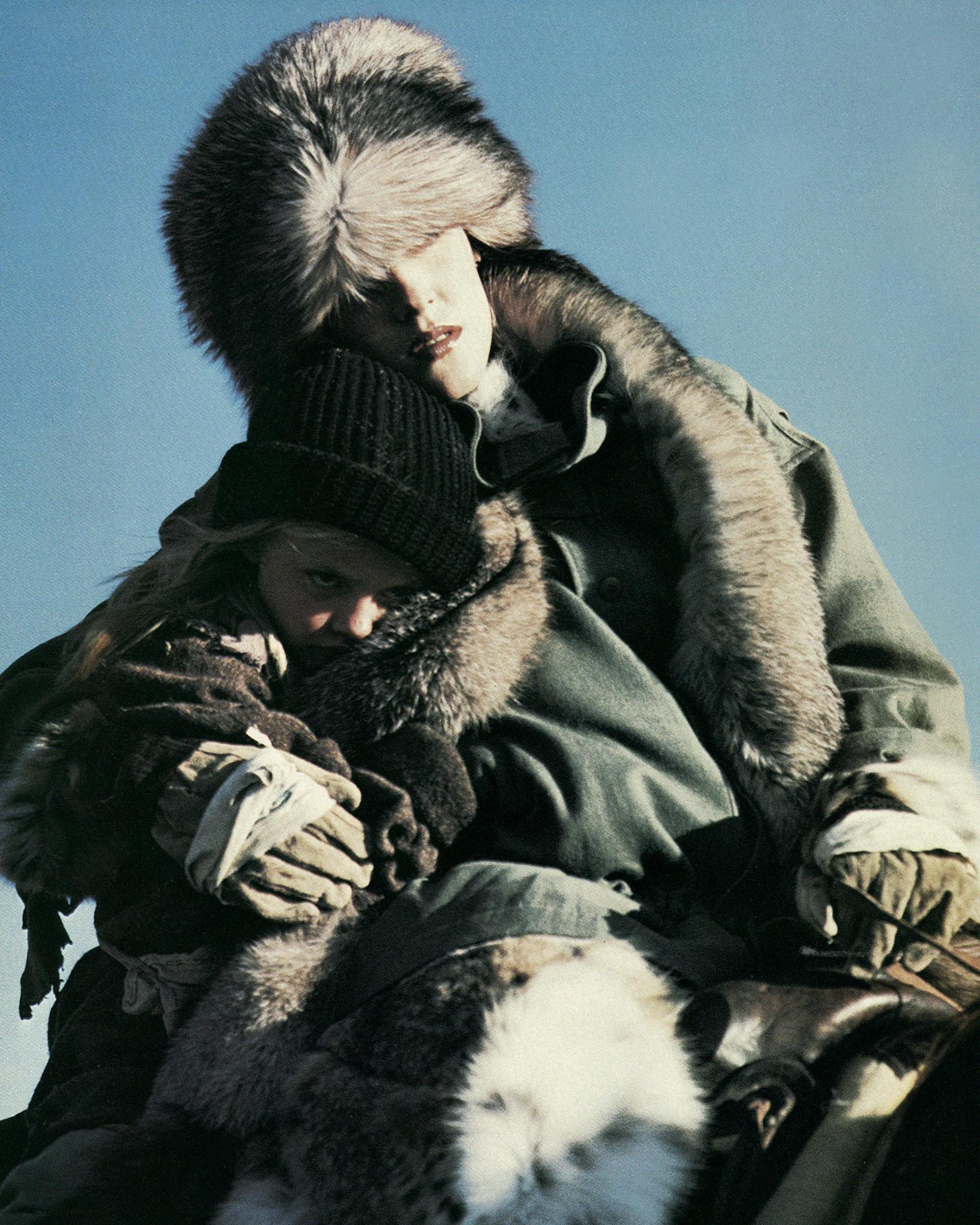
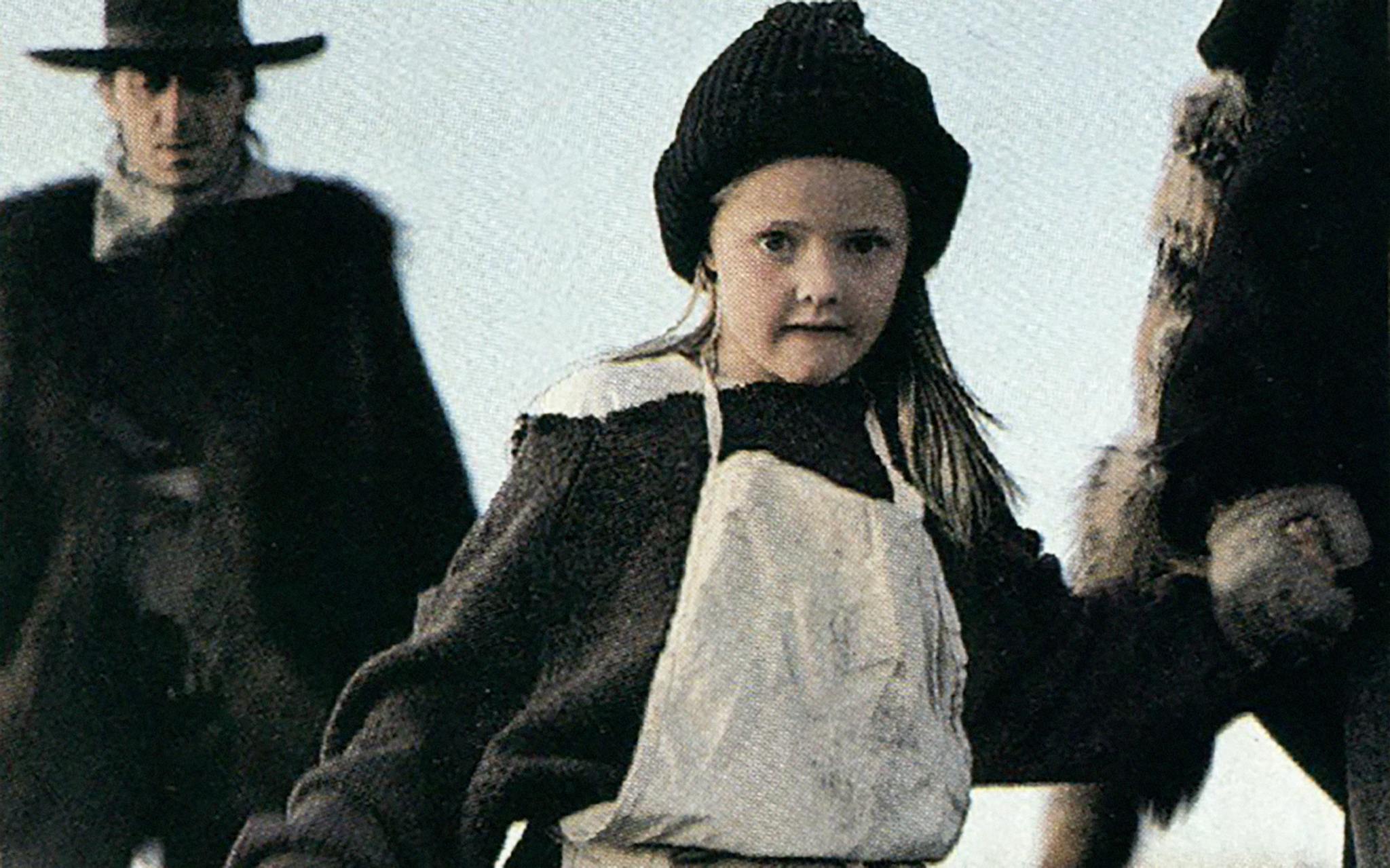
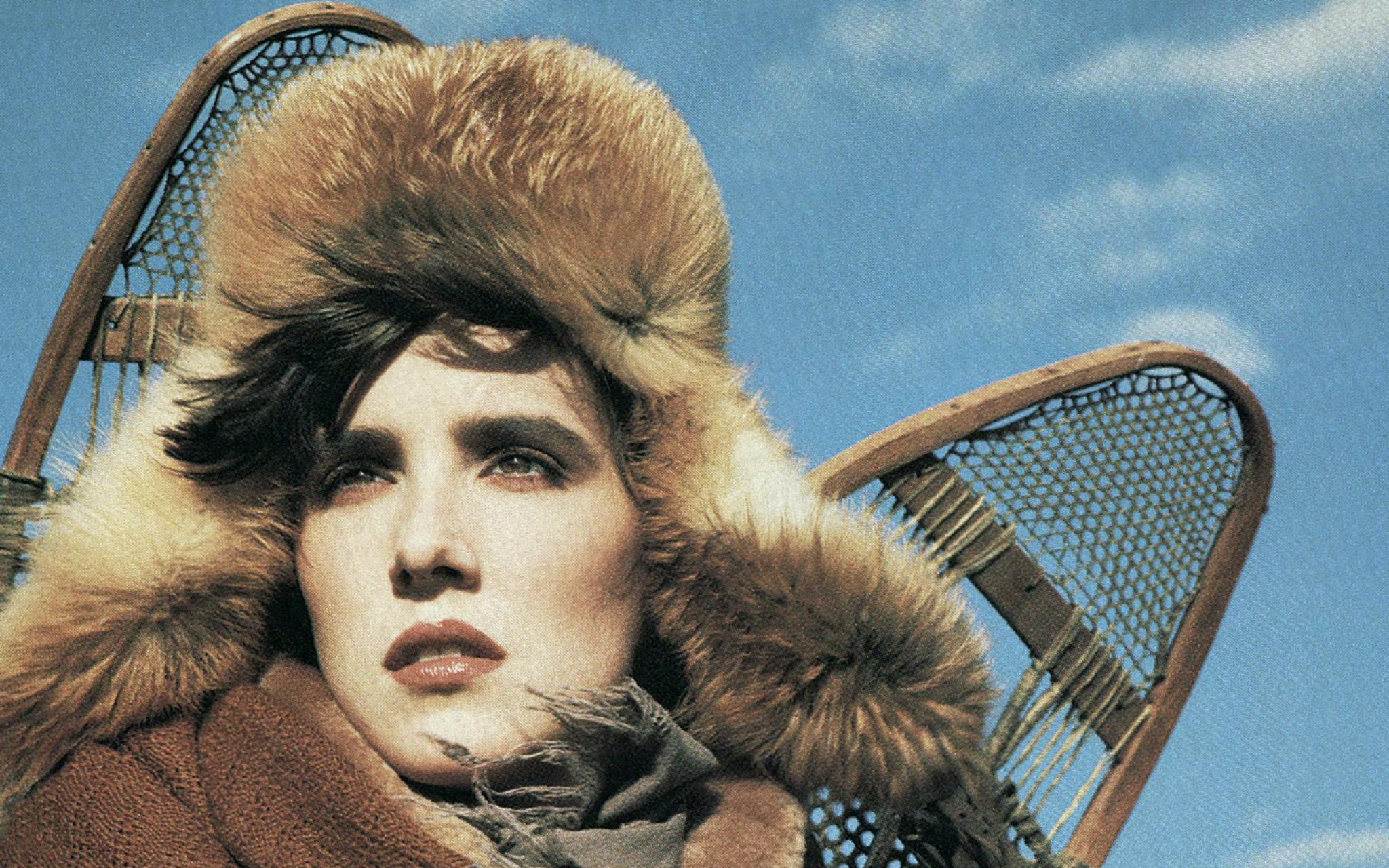
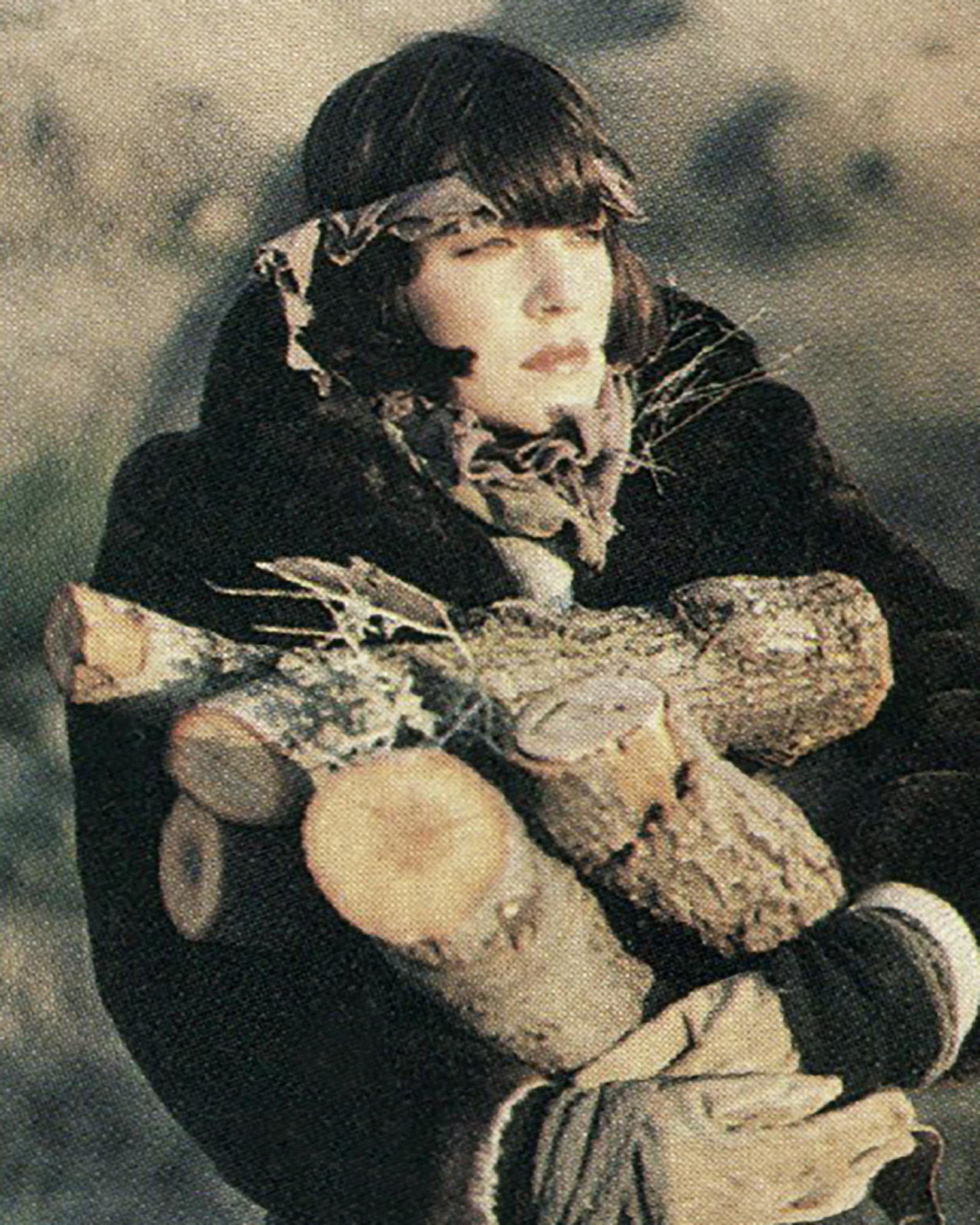
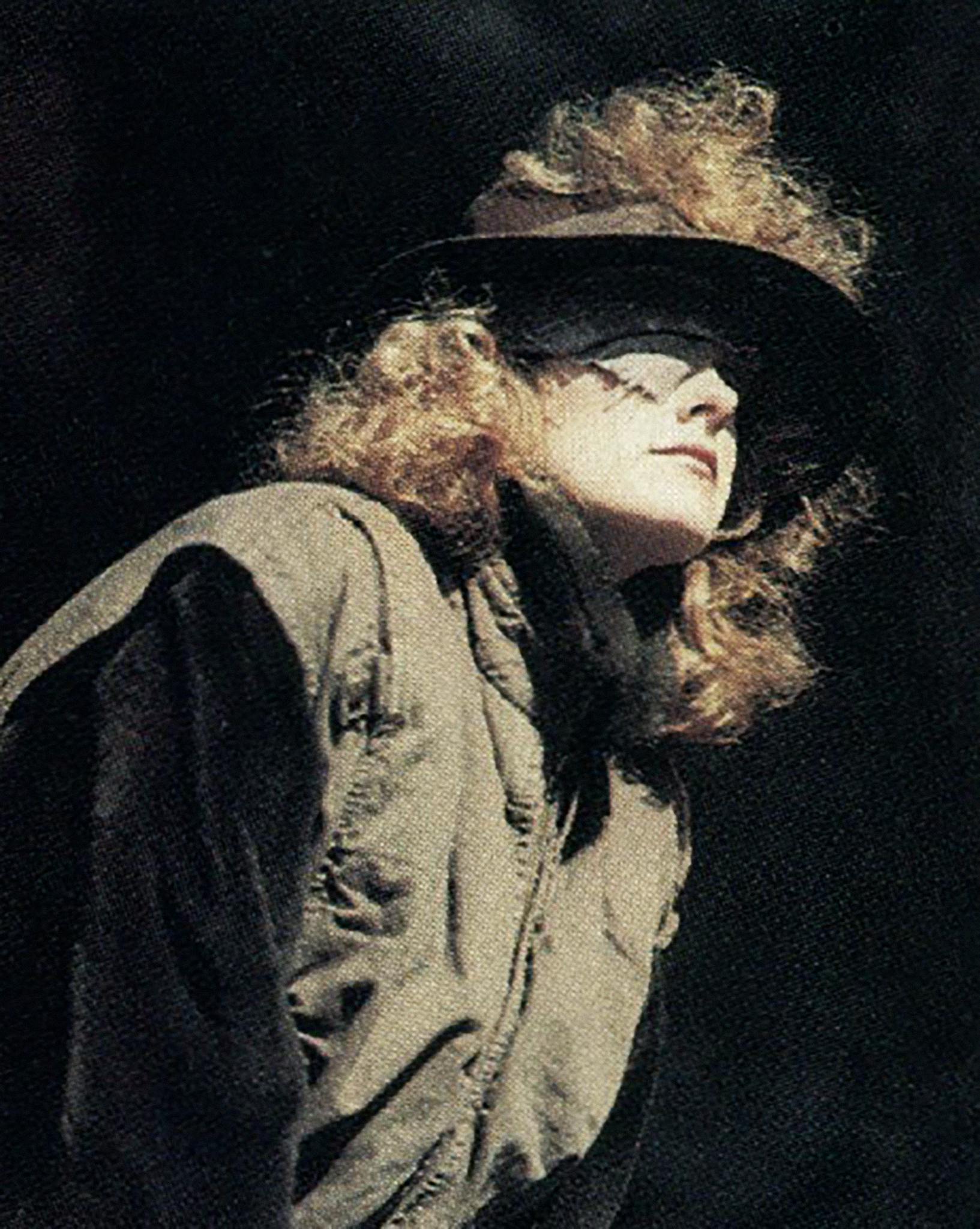
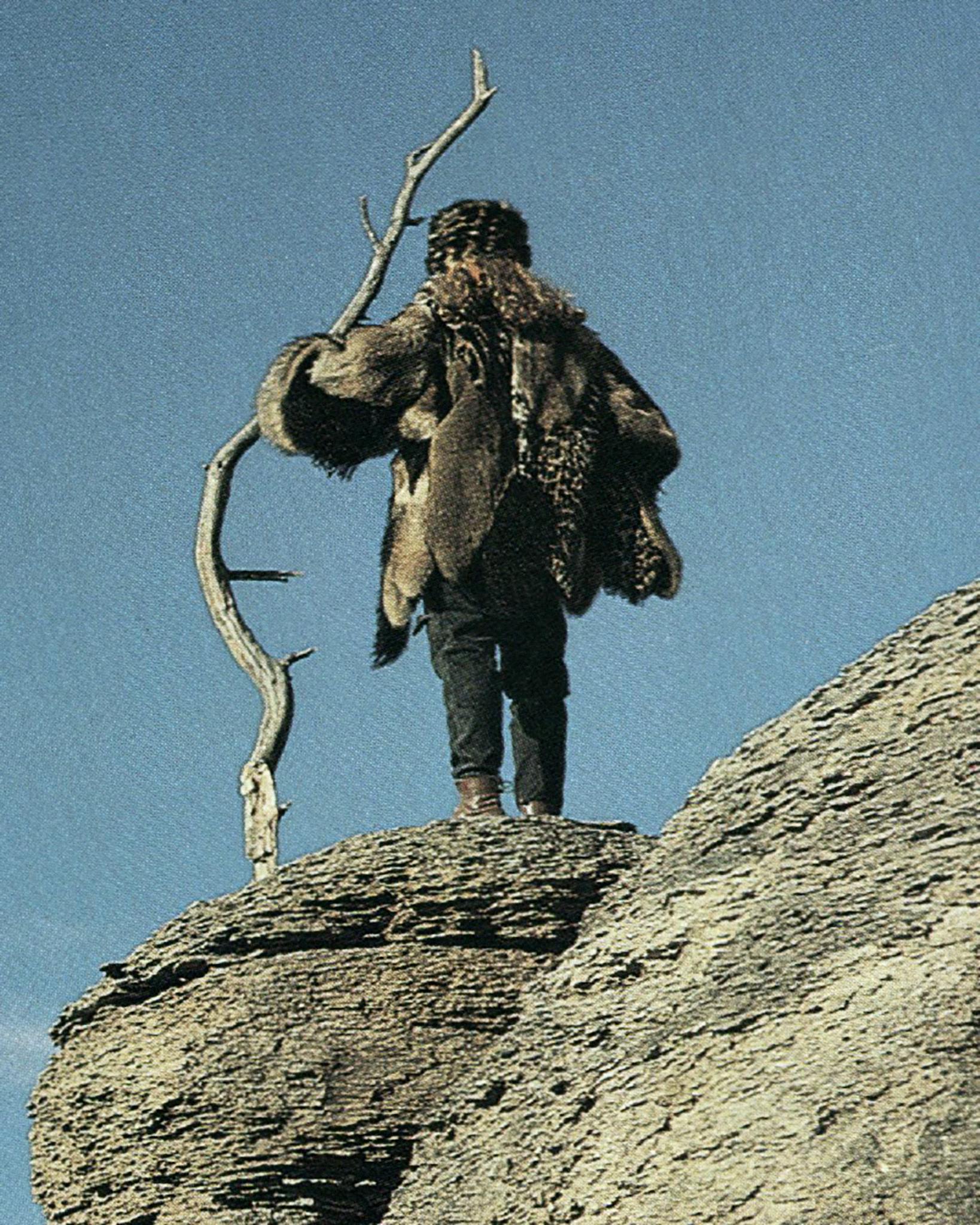
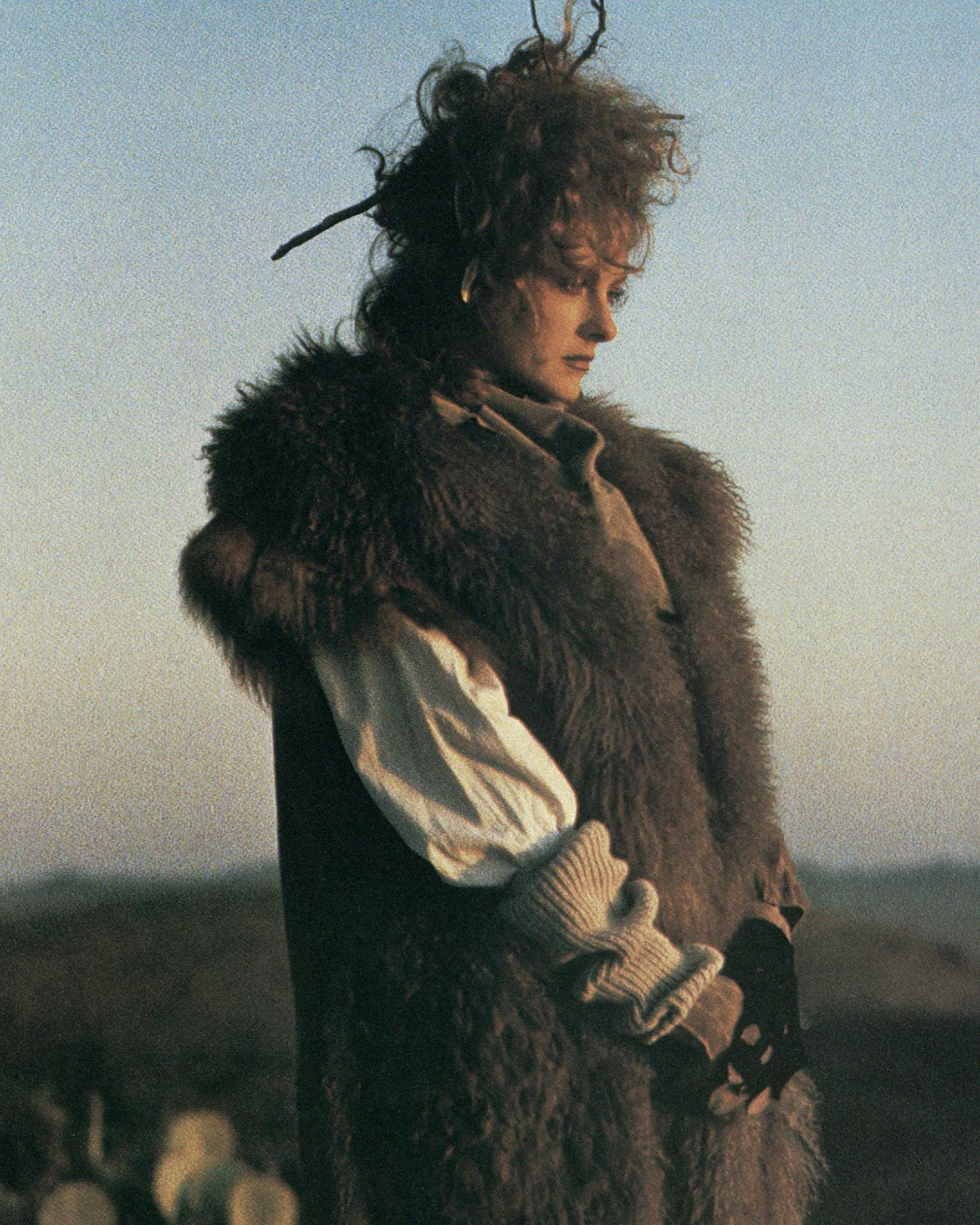
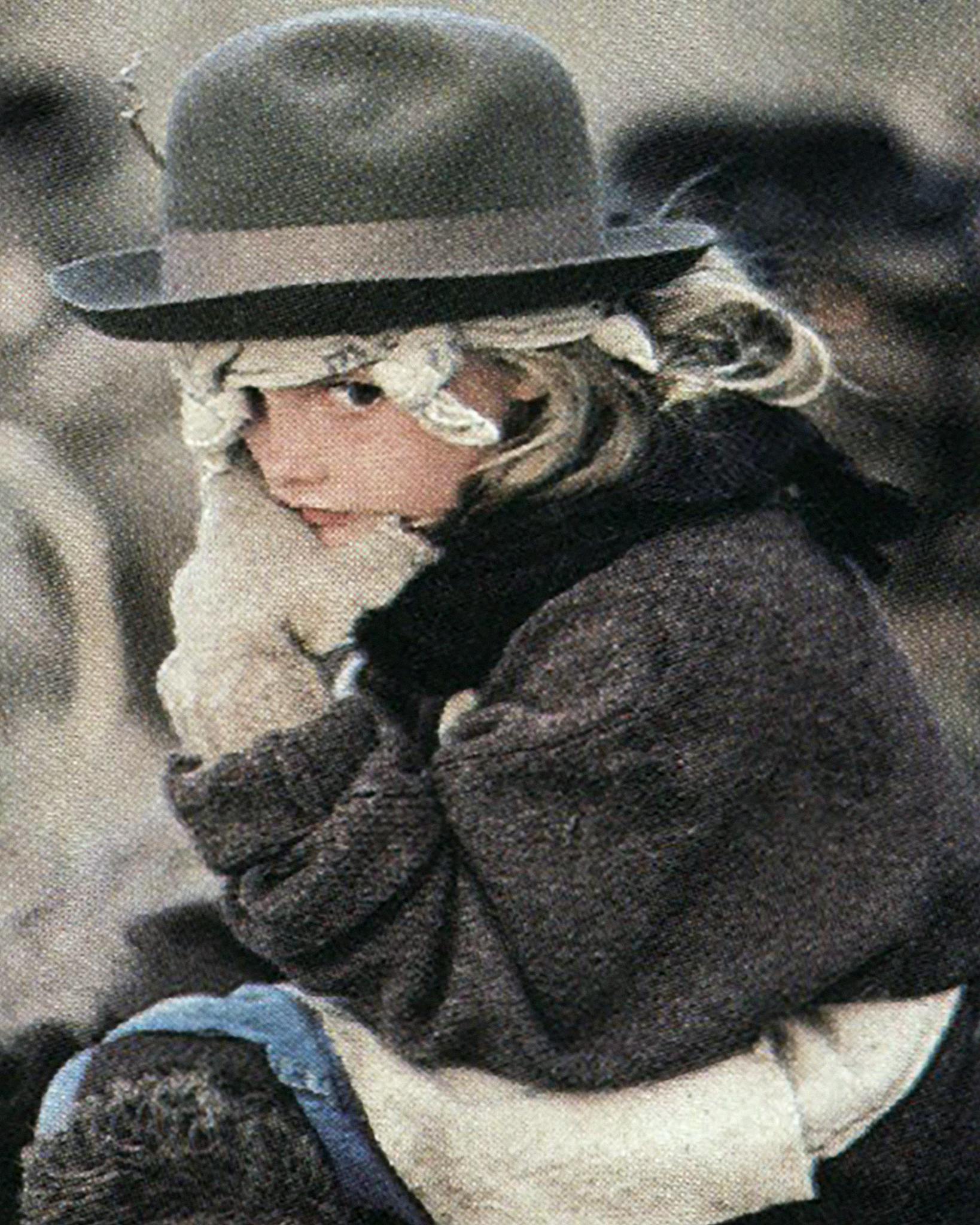
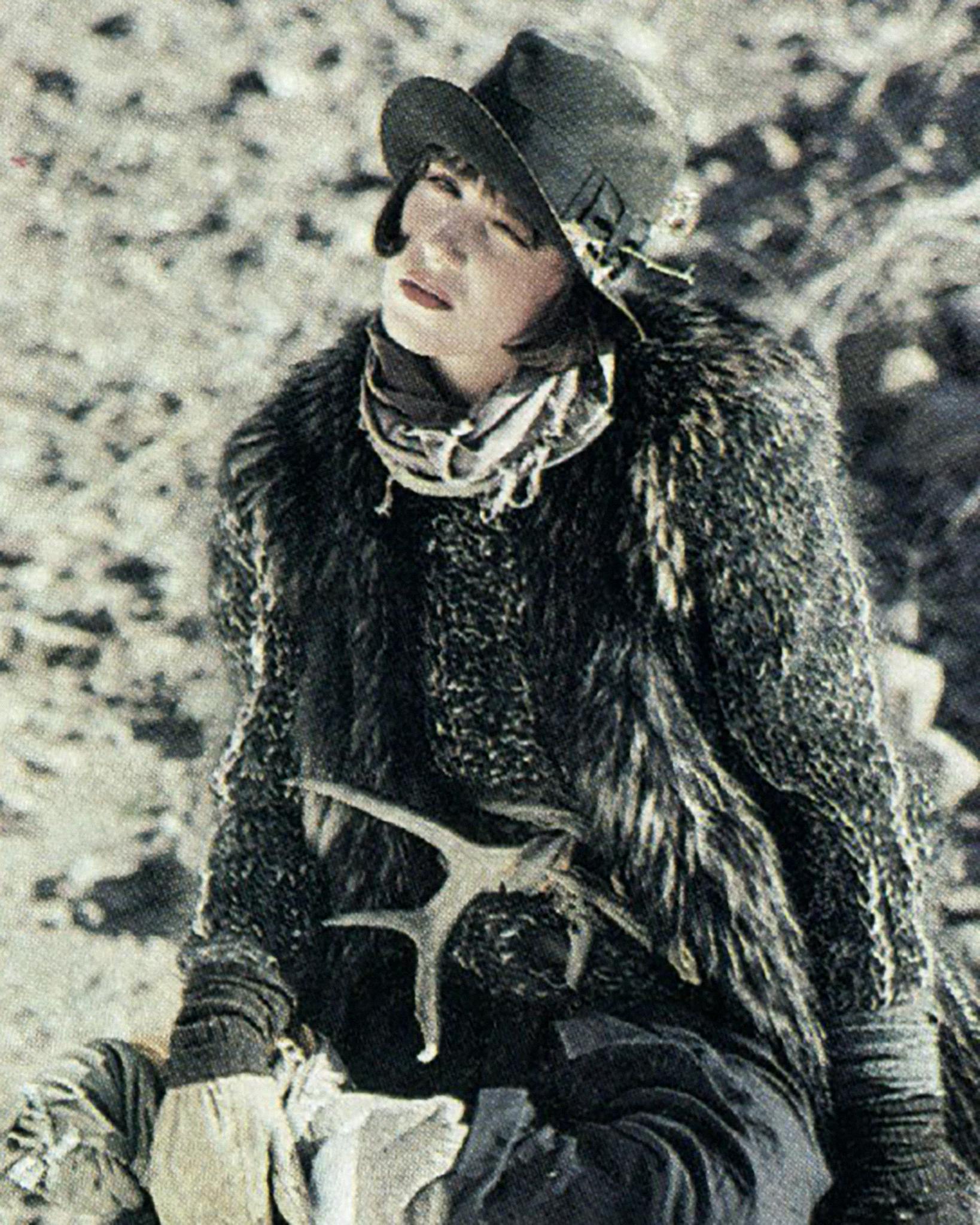
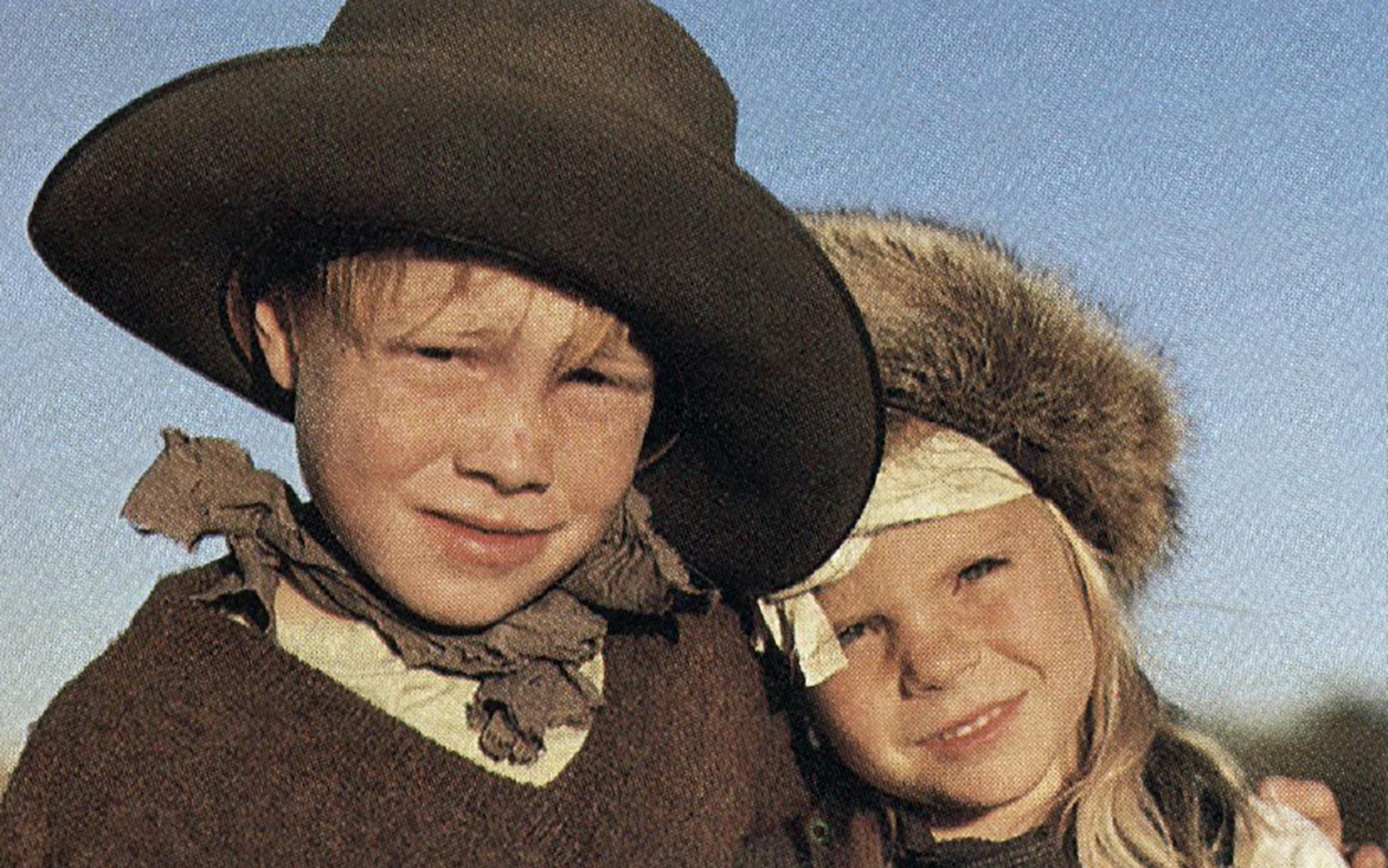
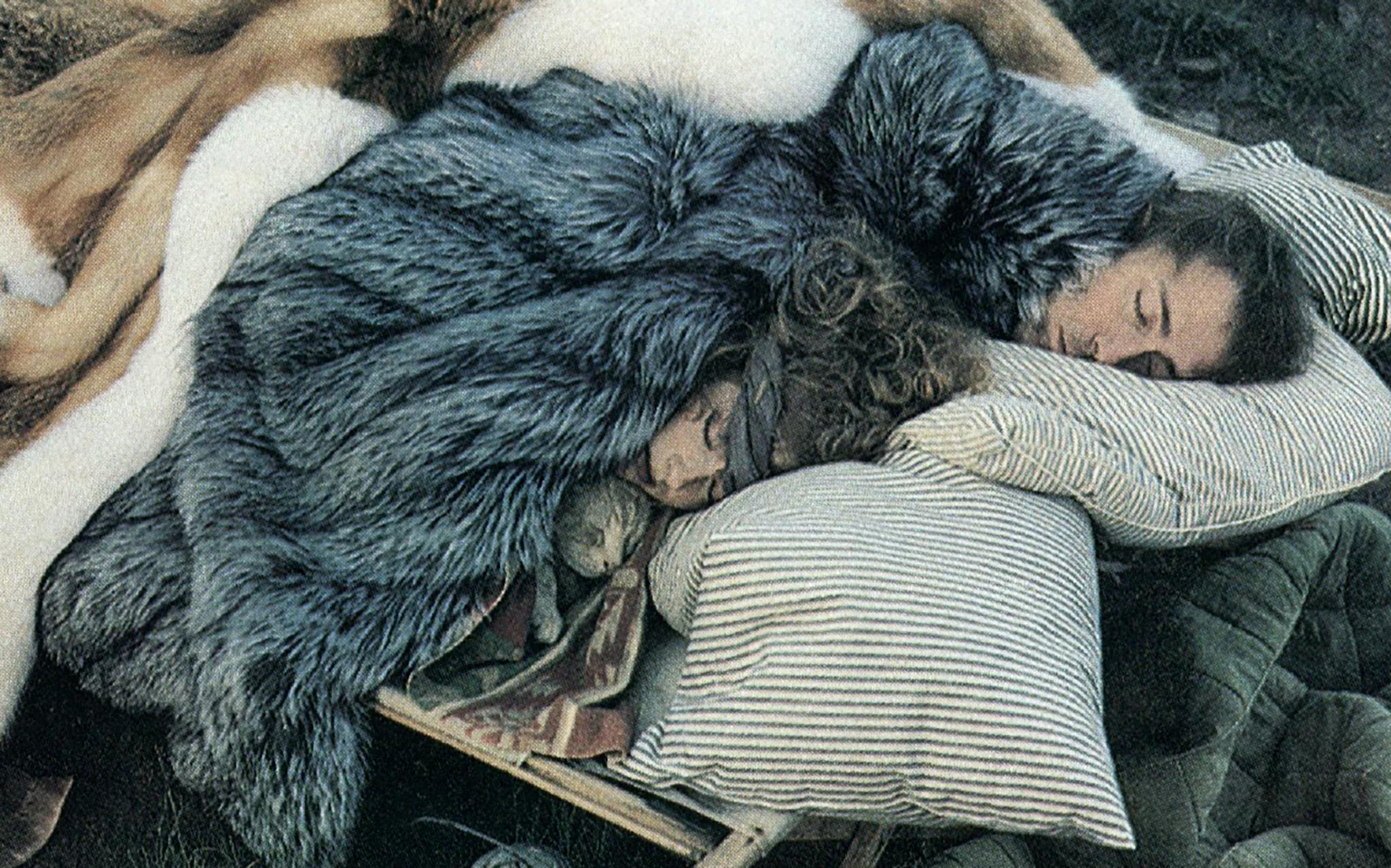
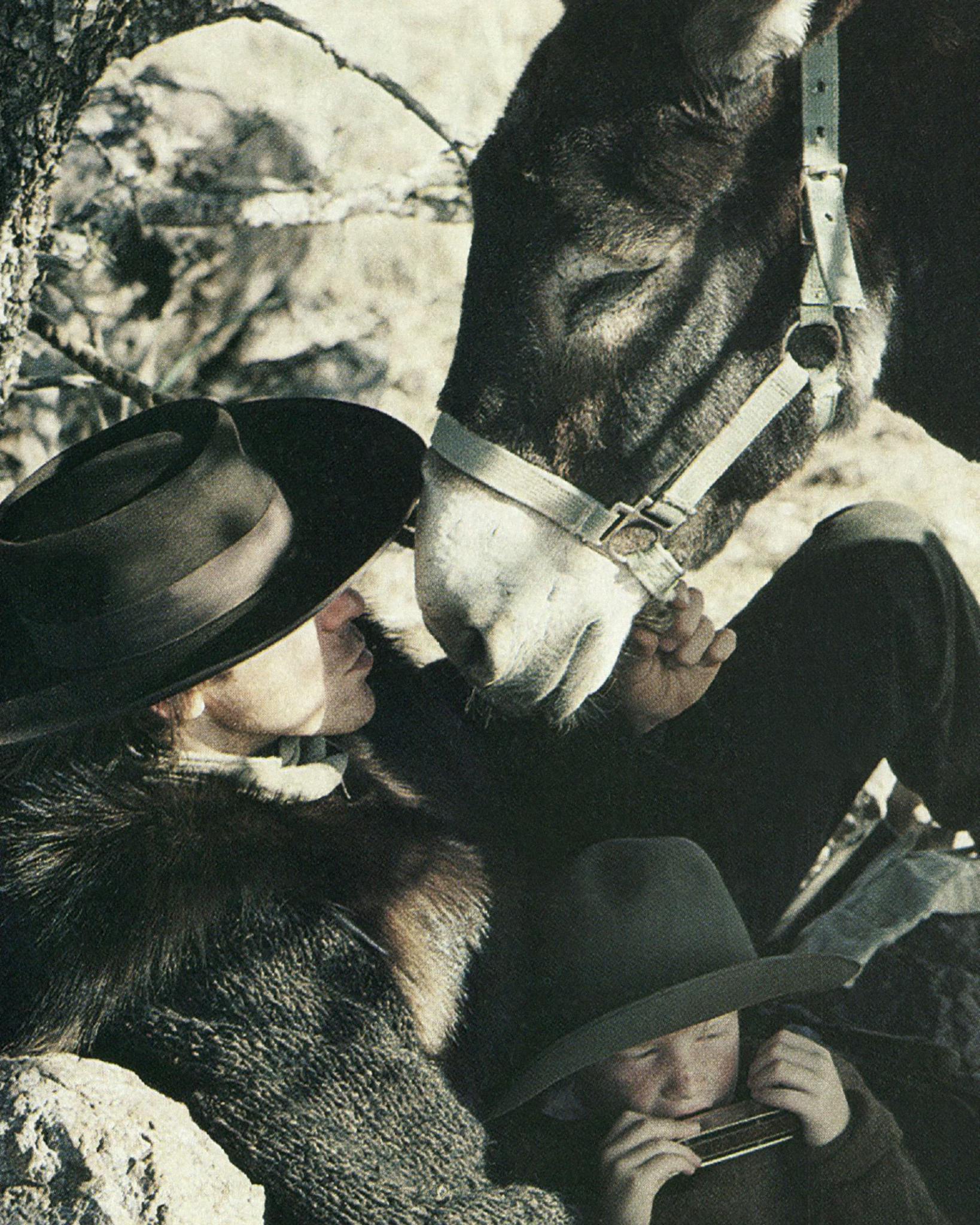
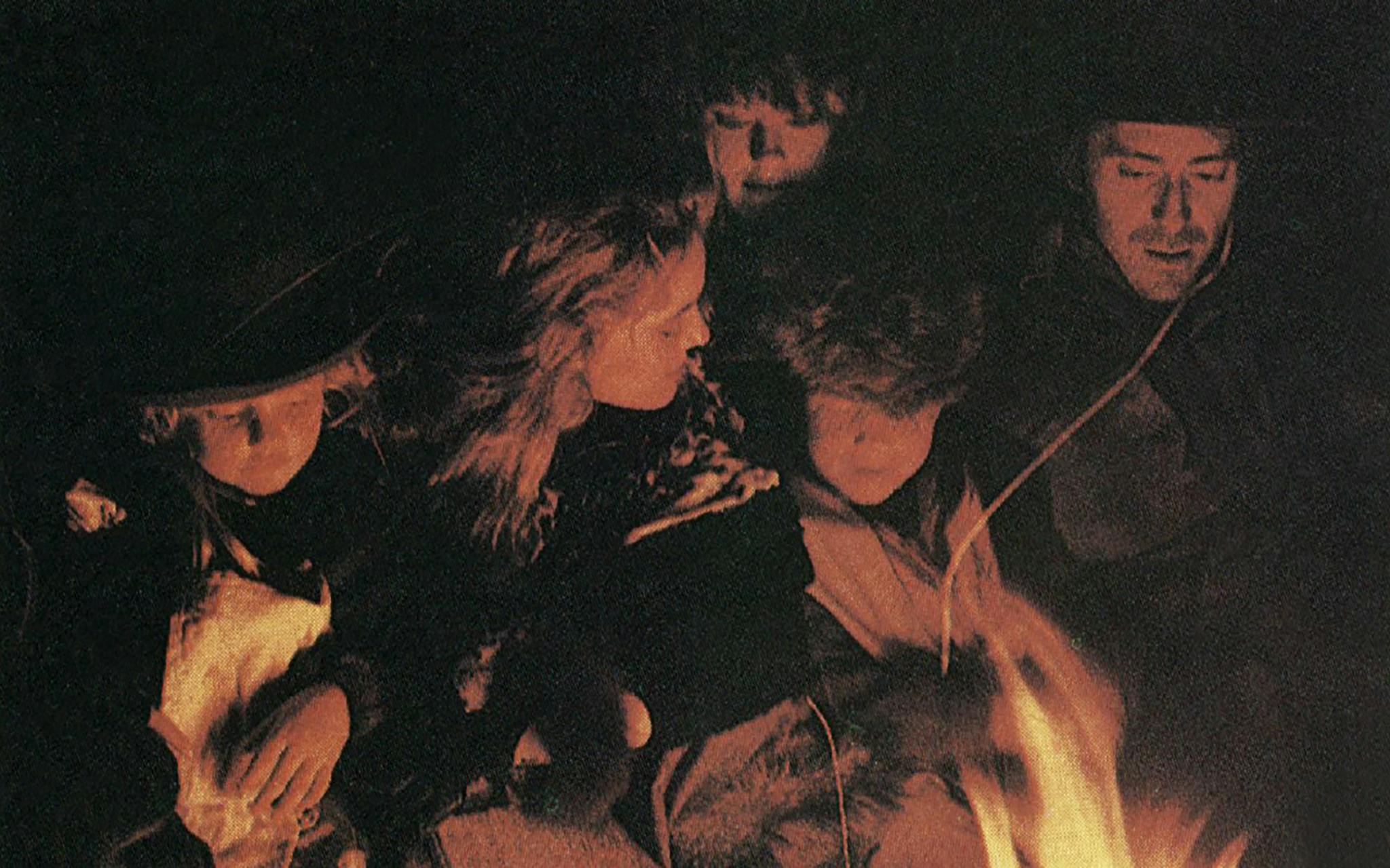
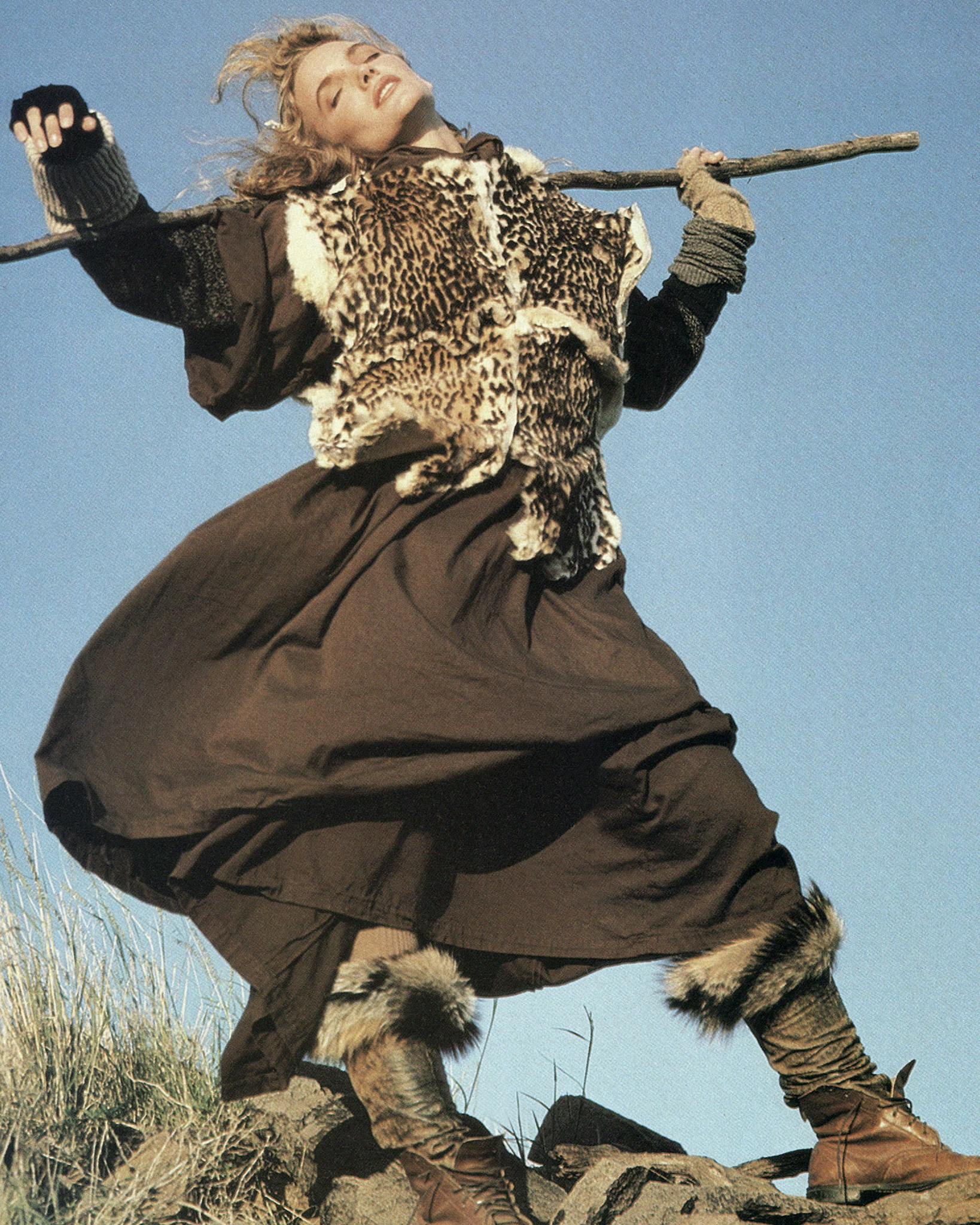
- More About:
- Style & Design
- TM Classics
- Photo Essay
- Fashion
